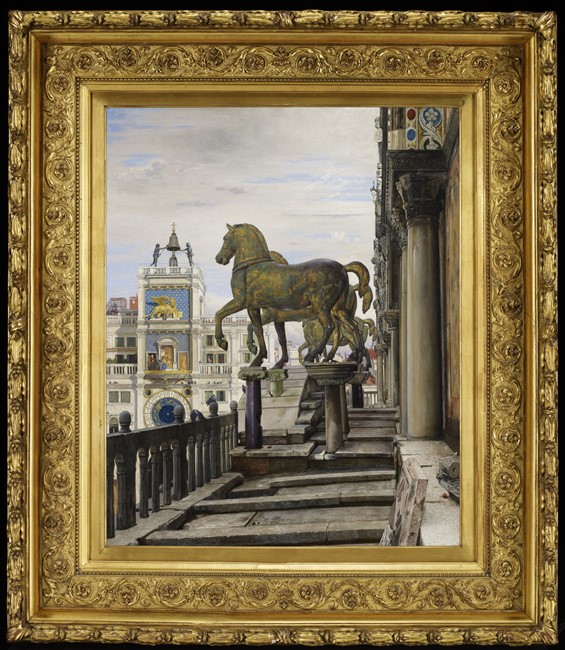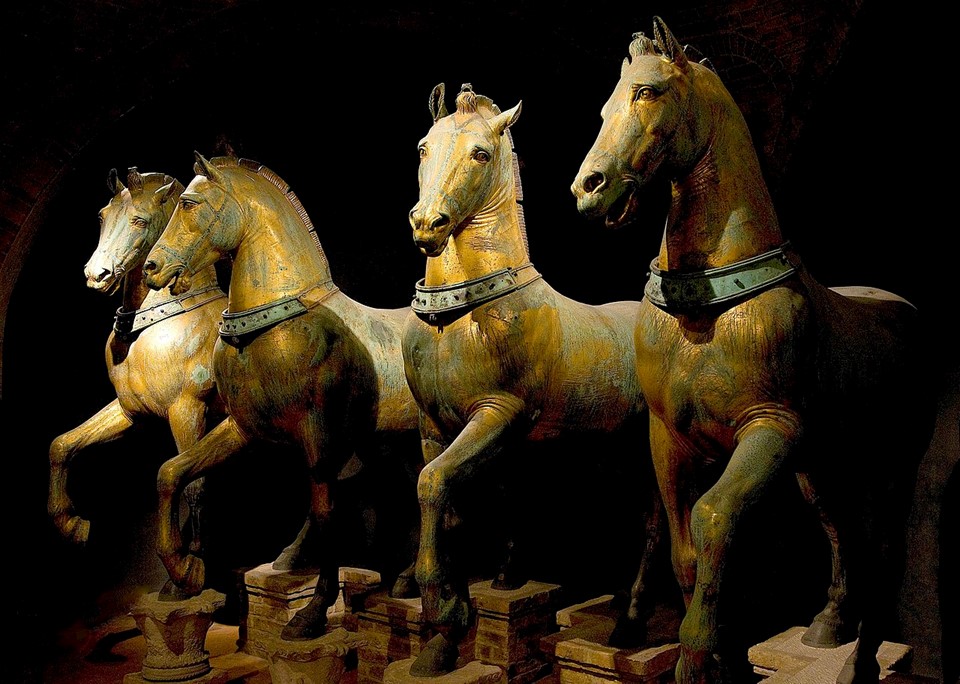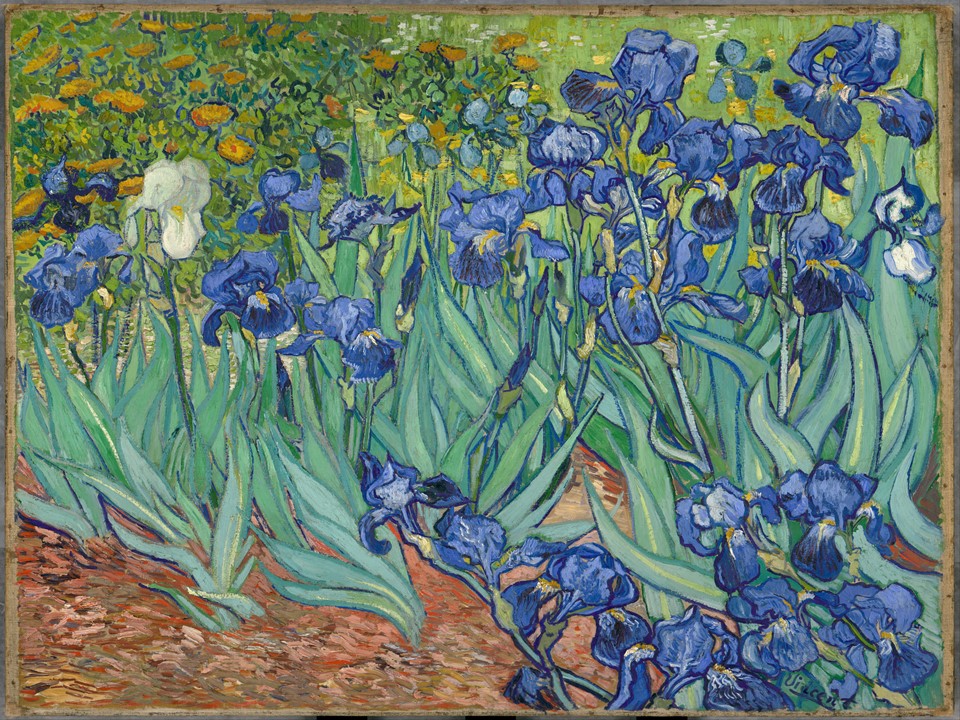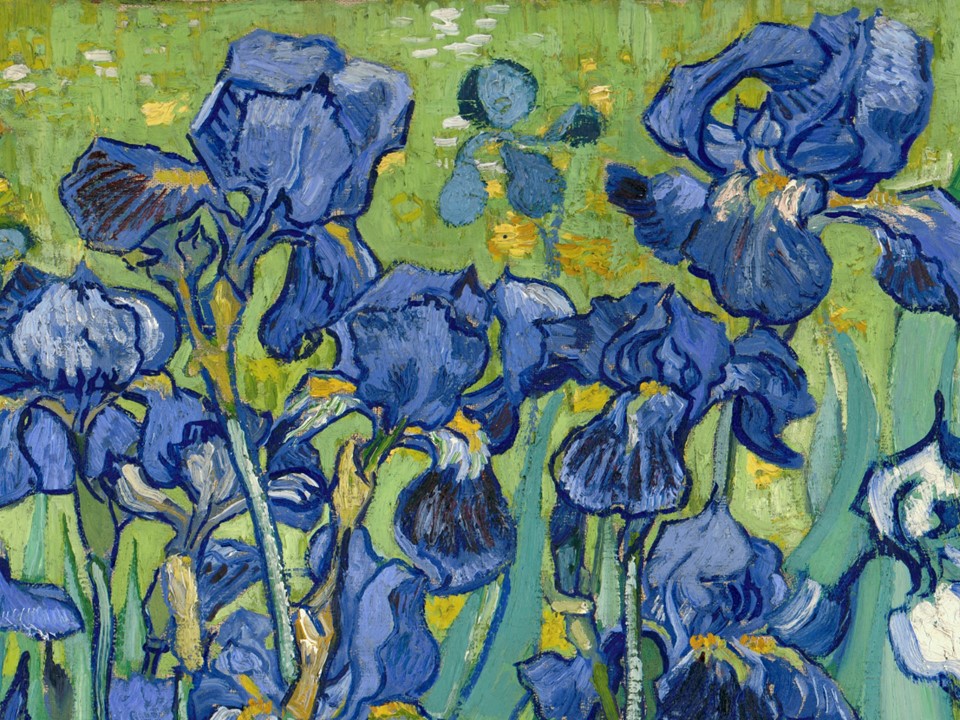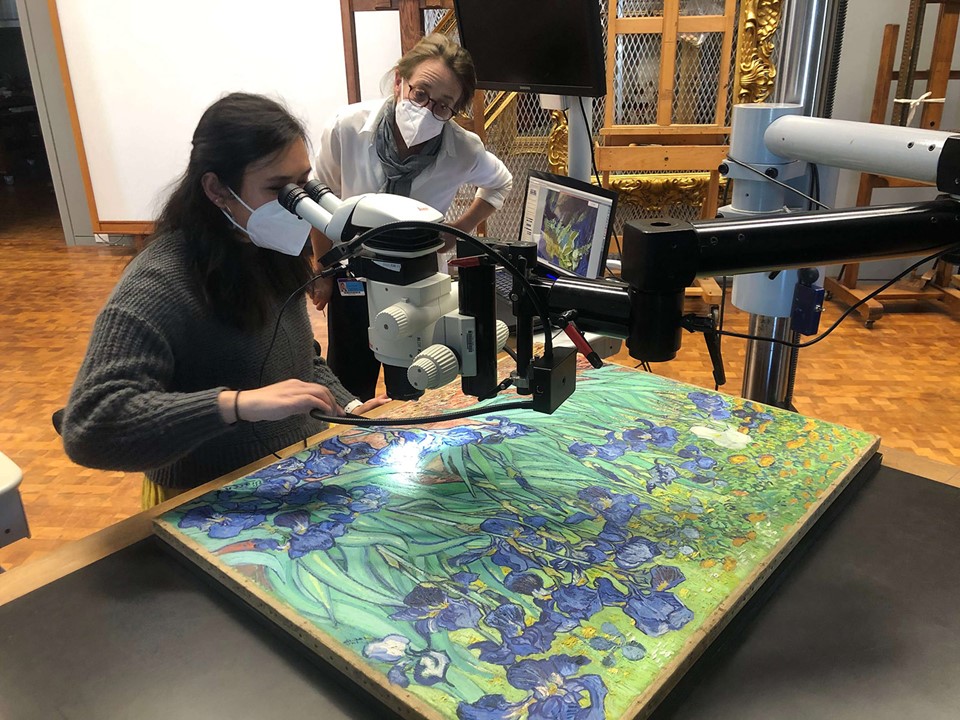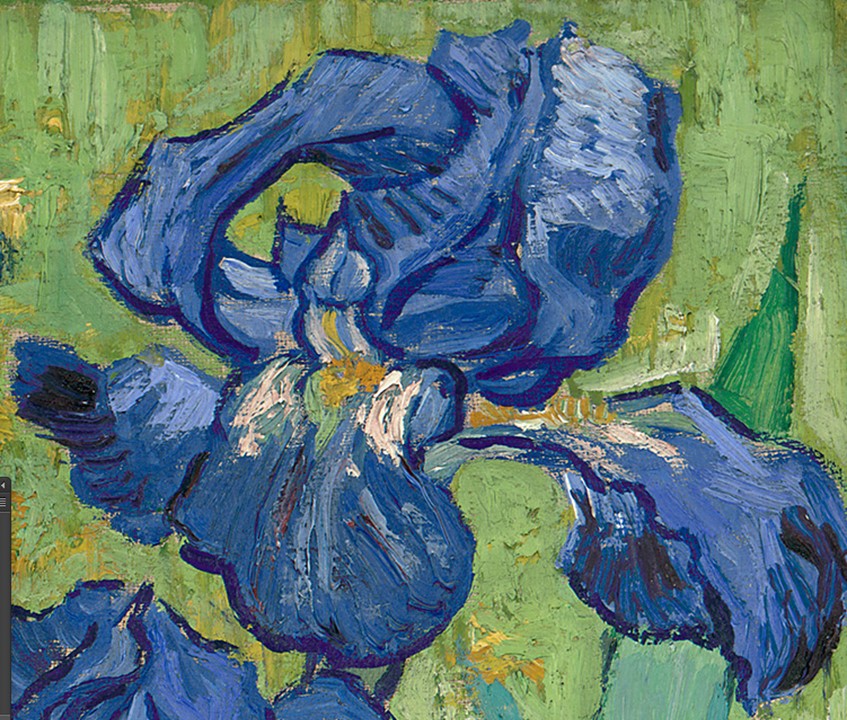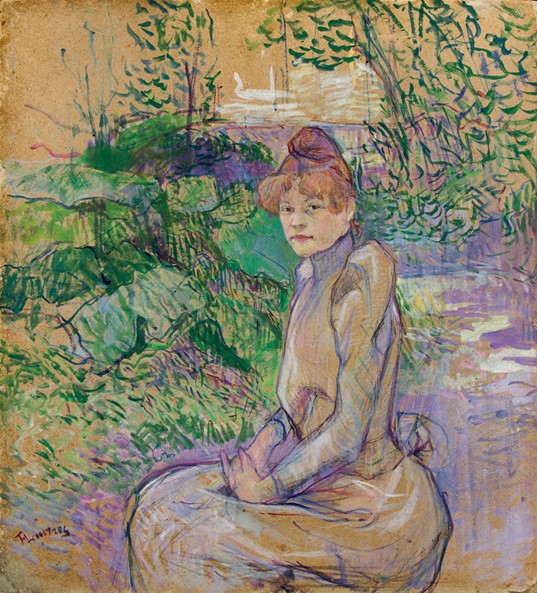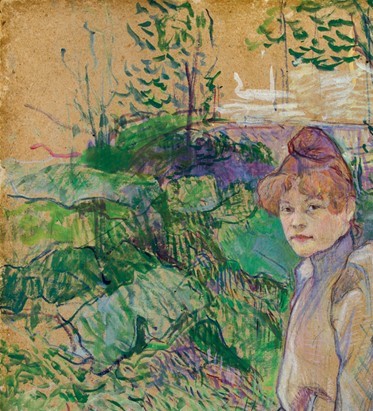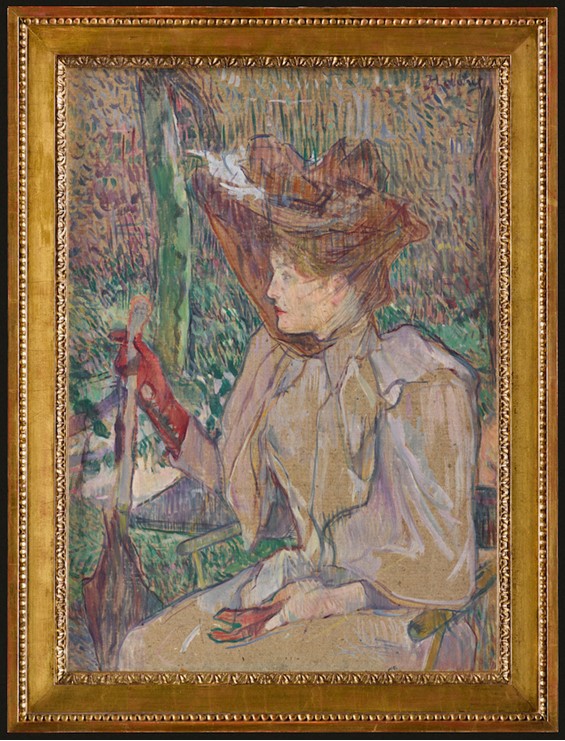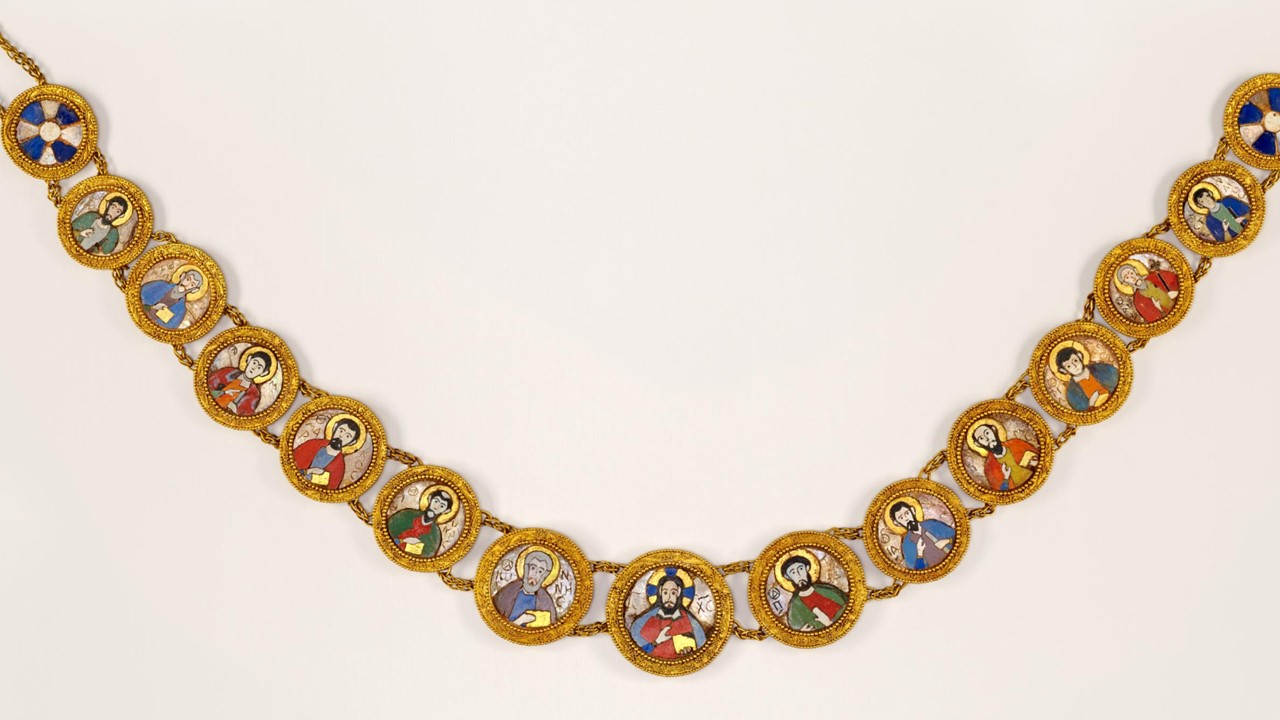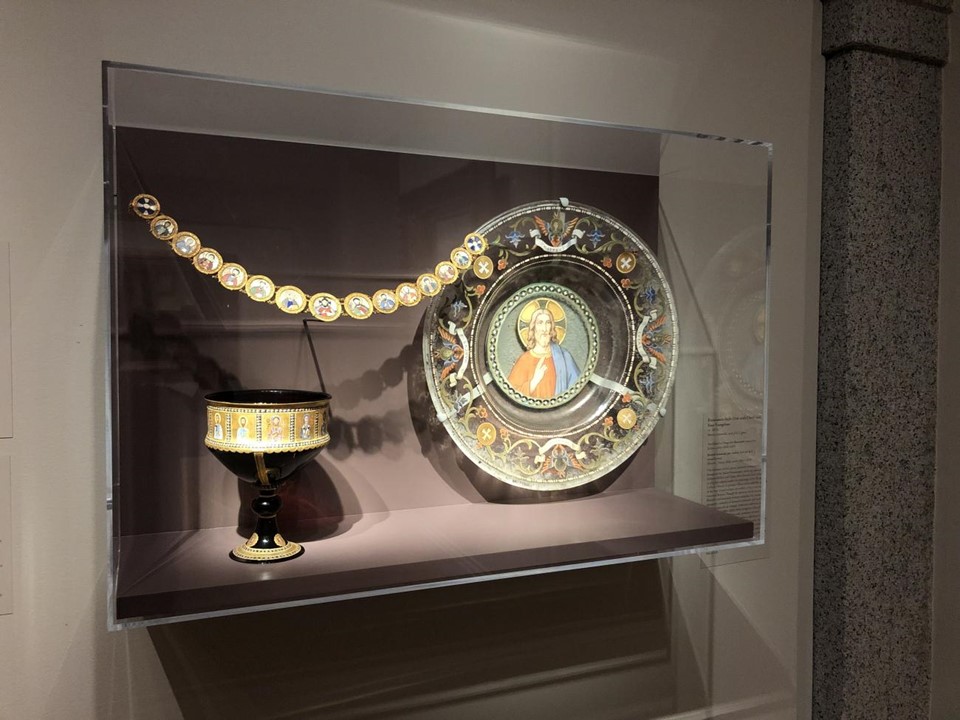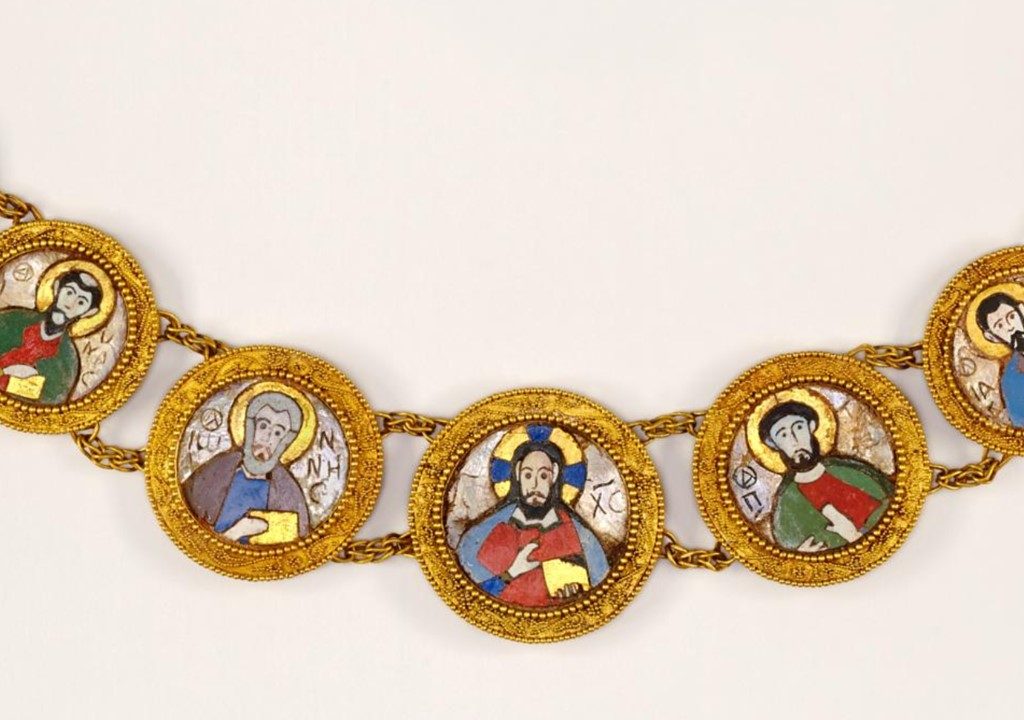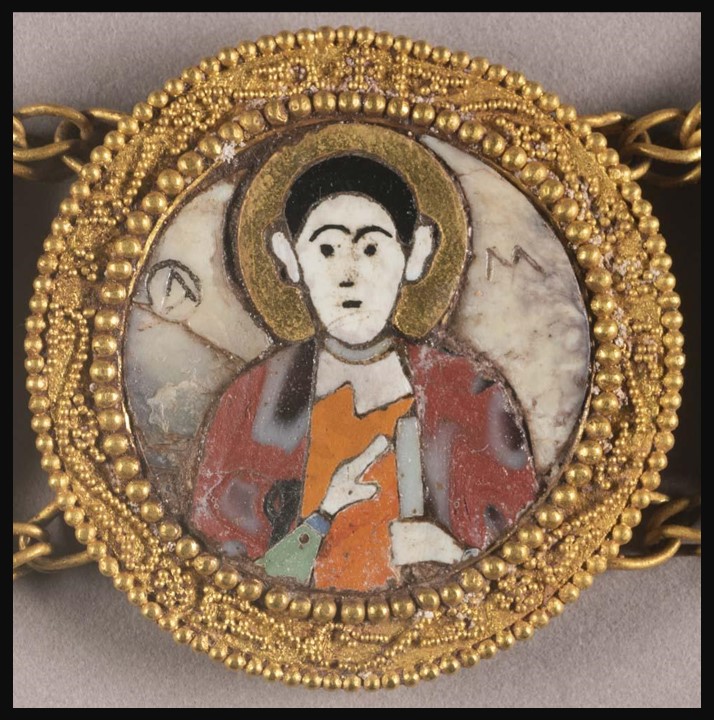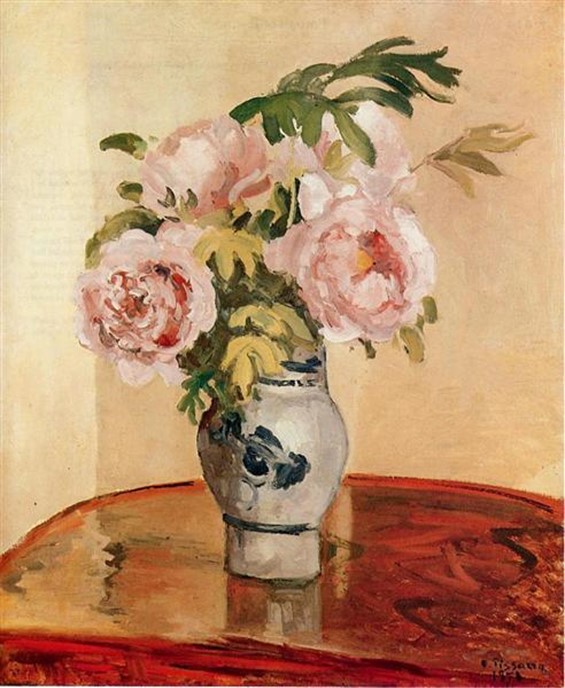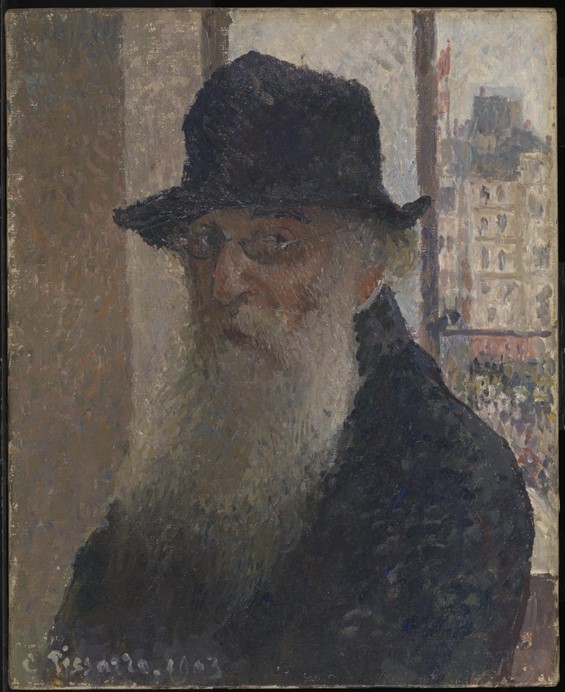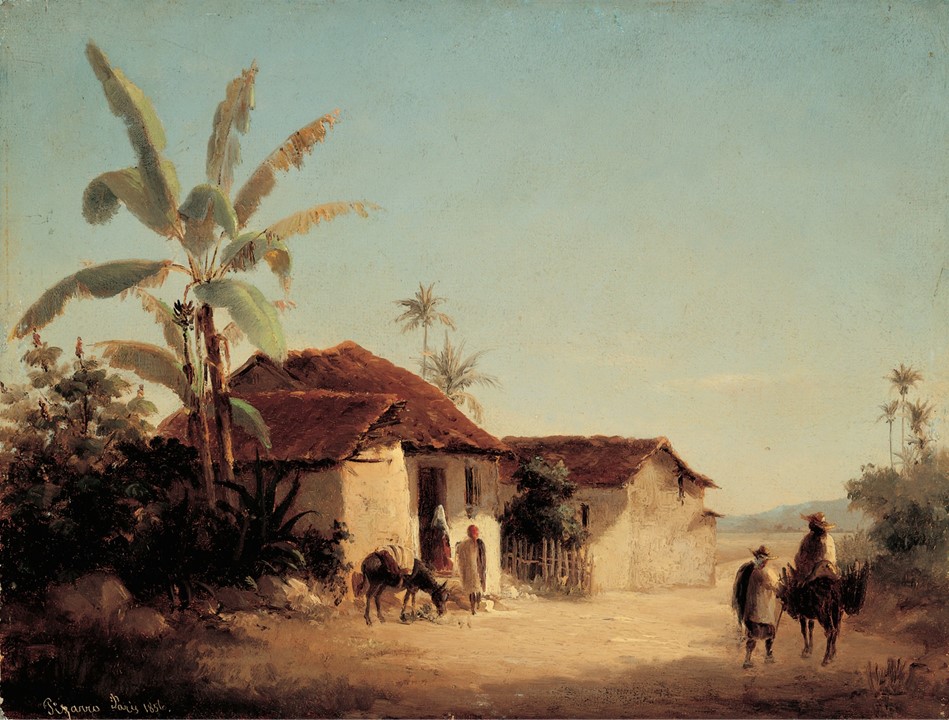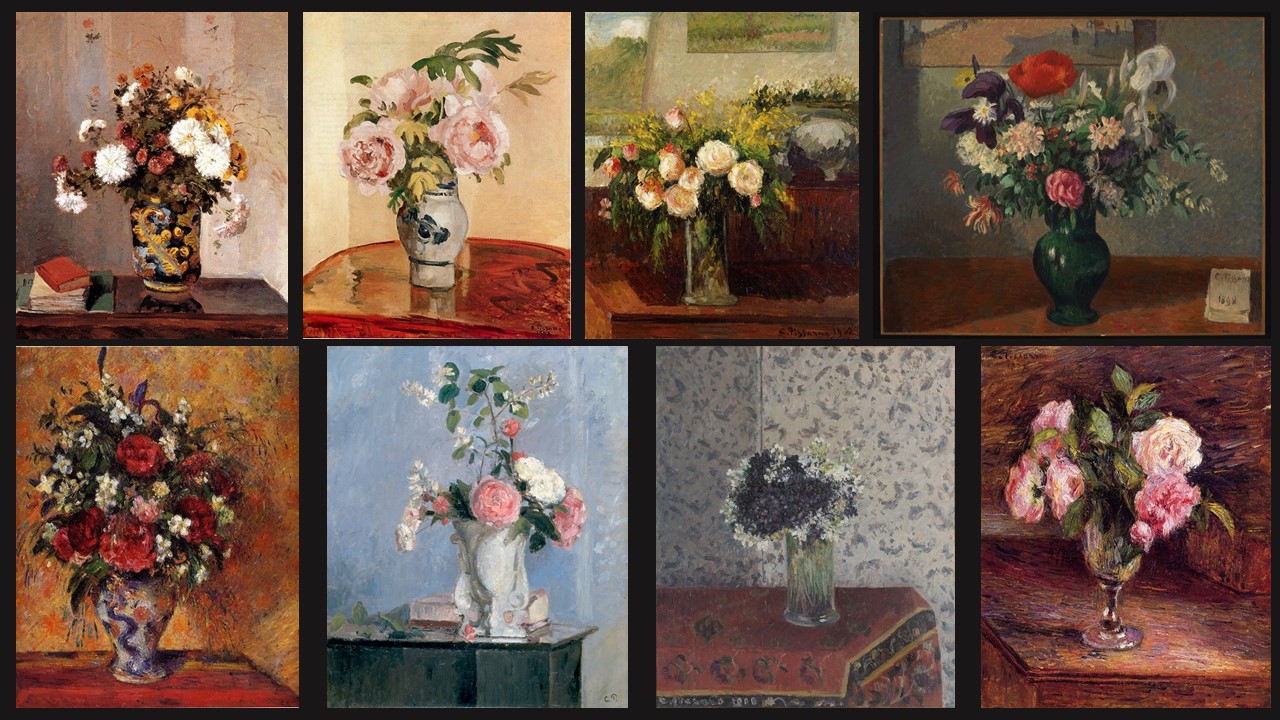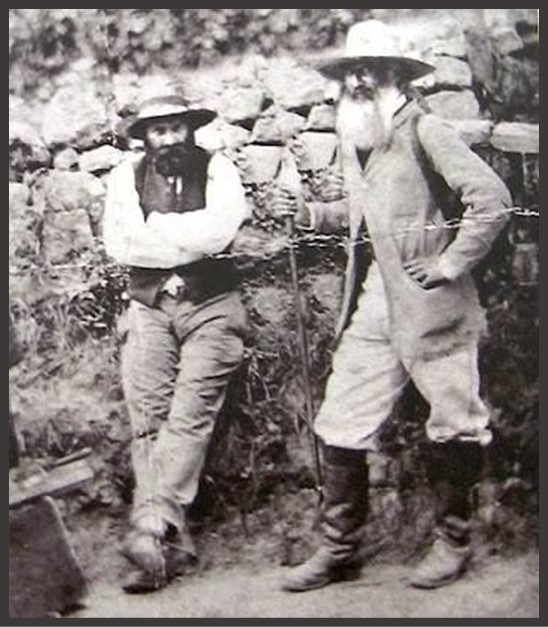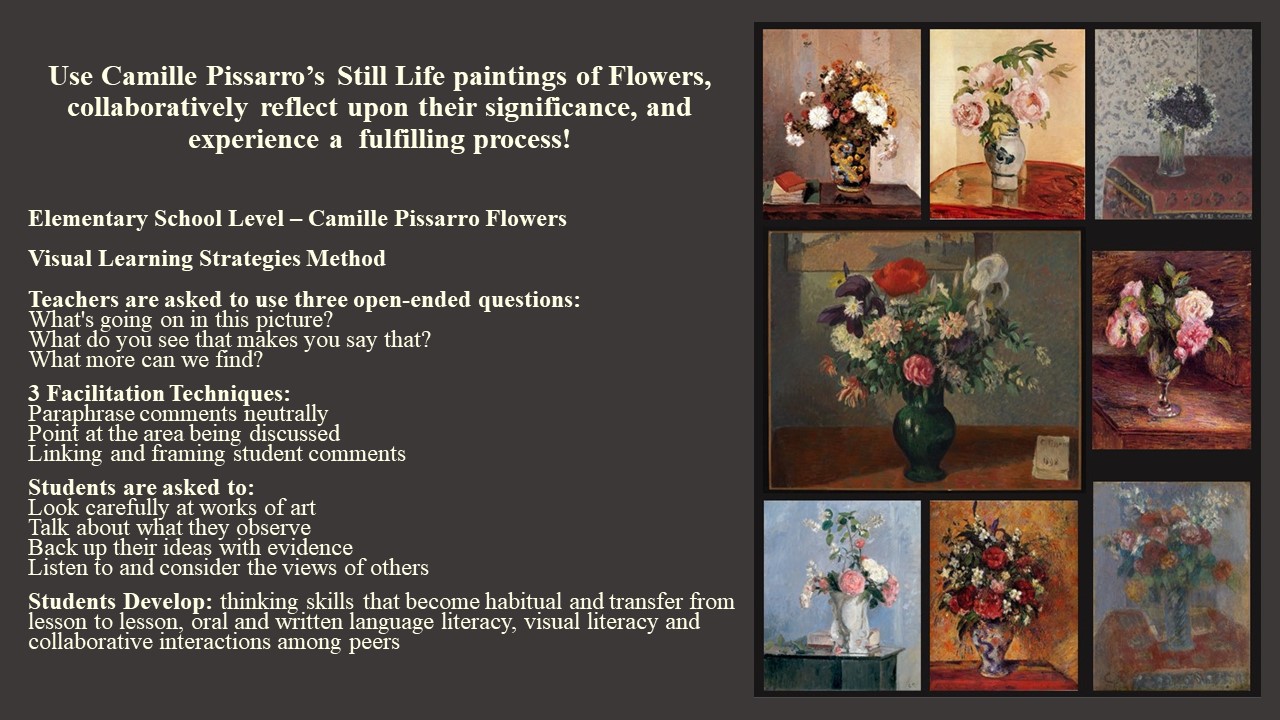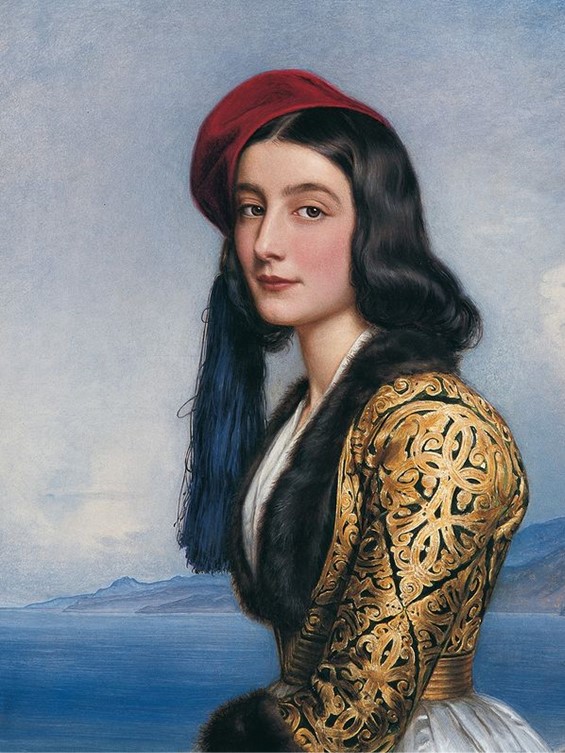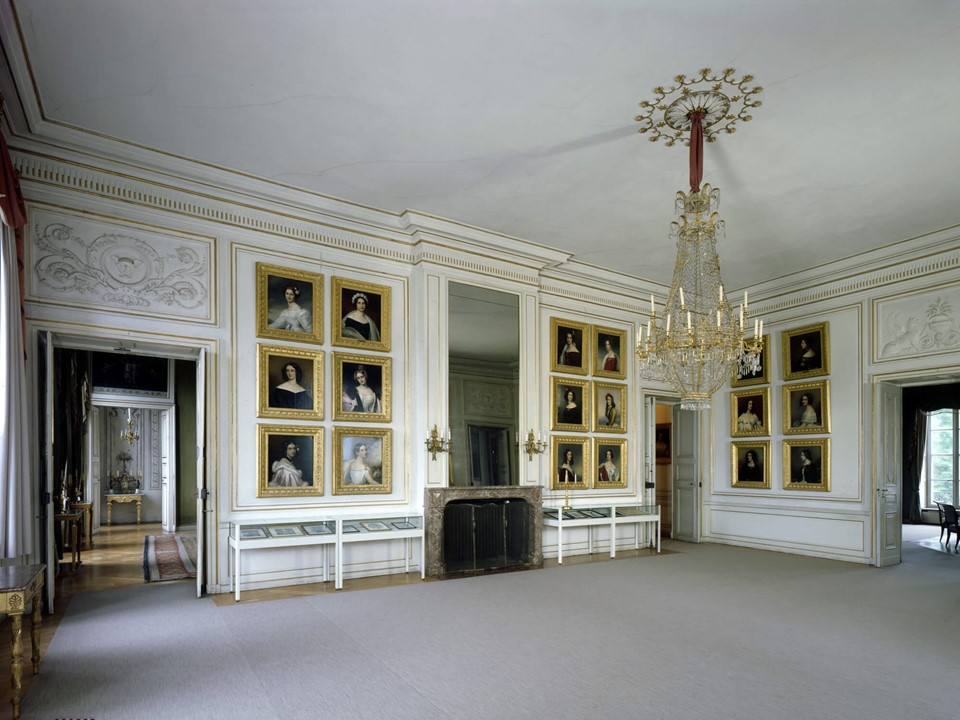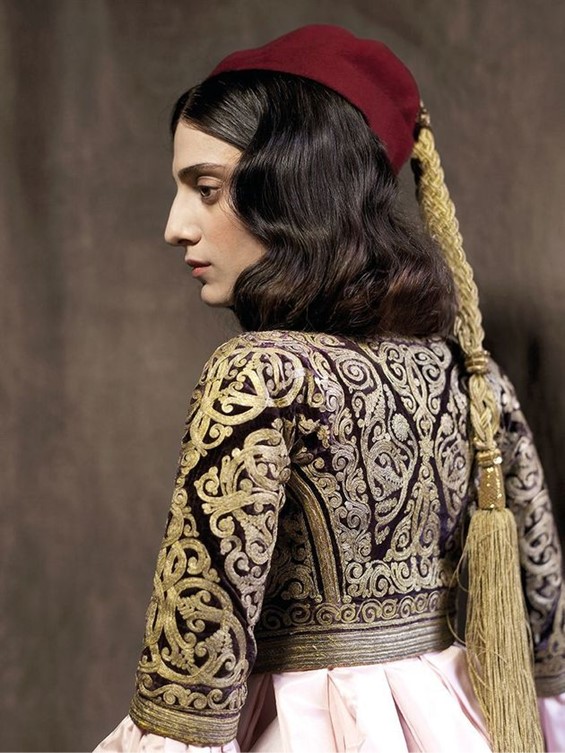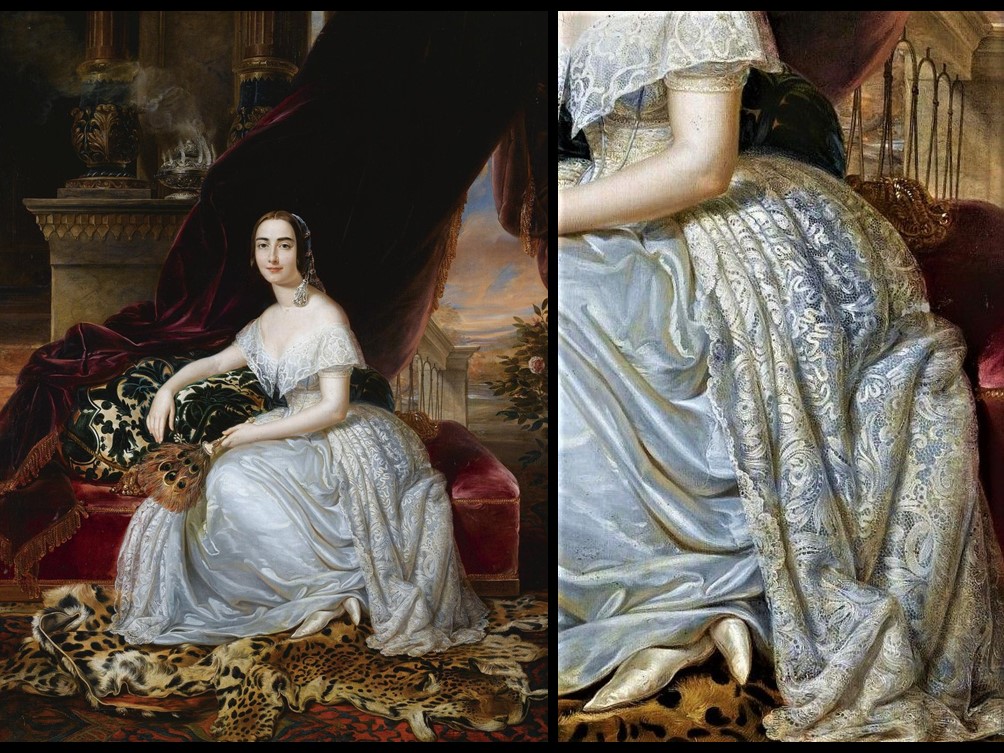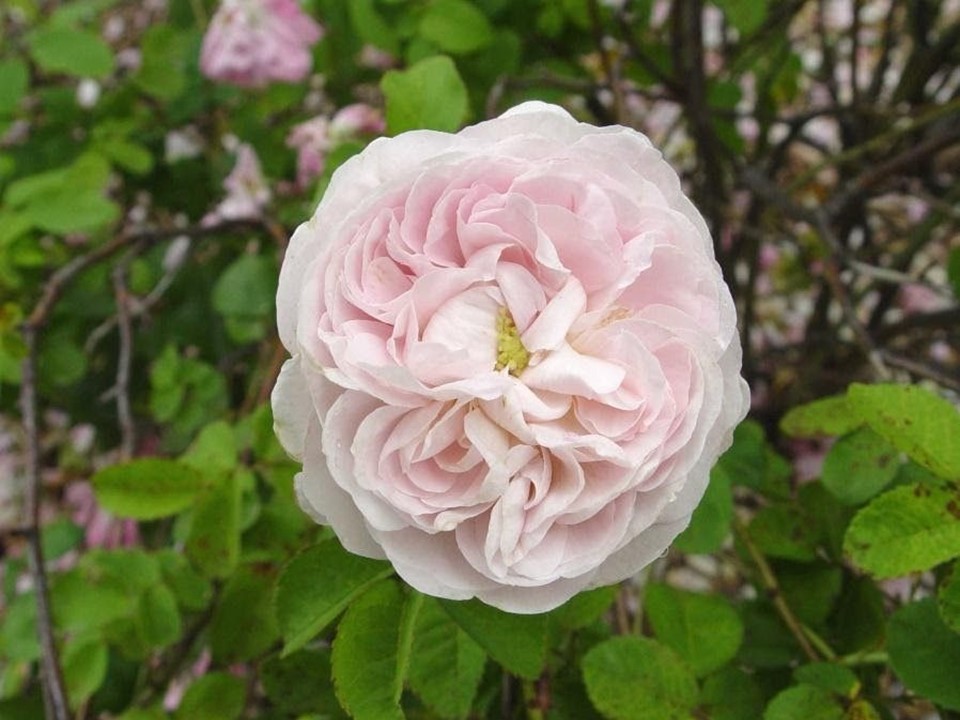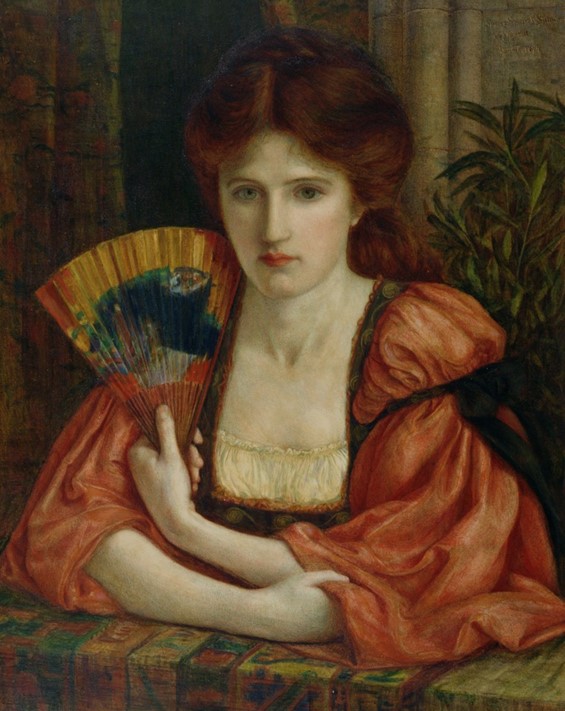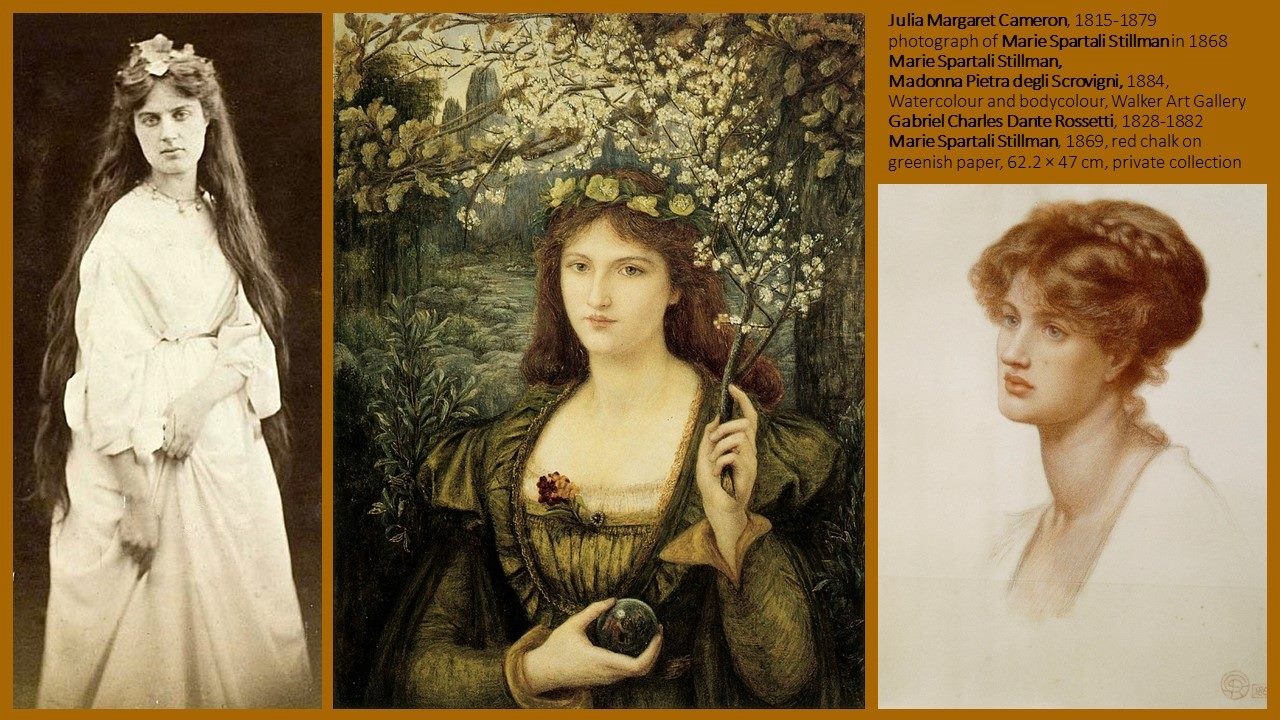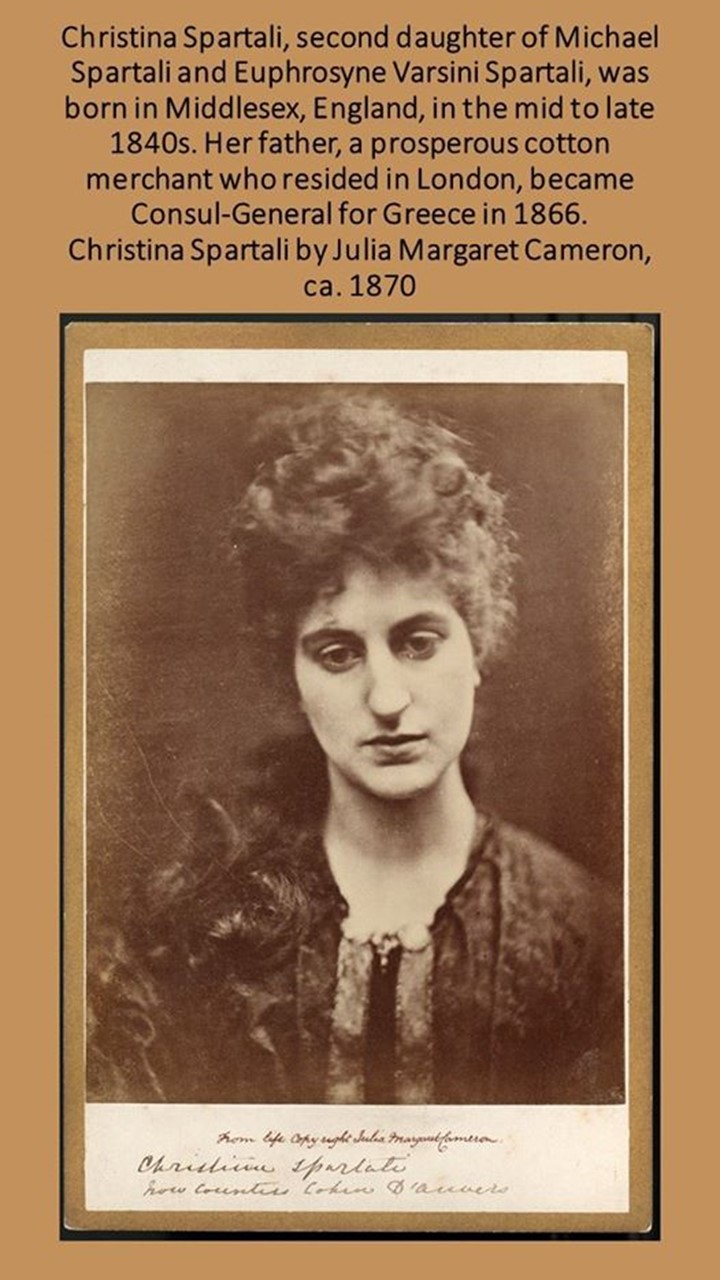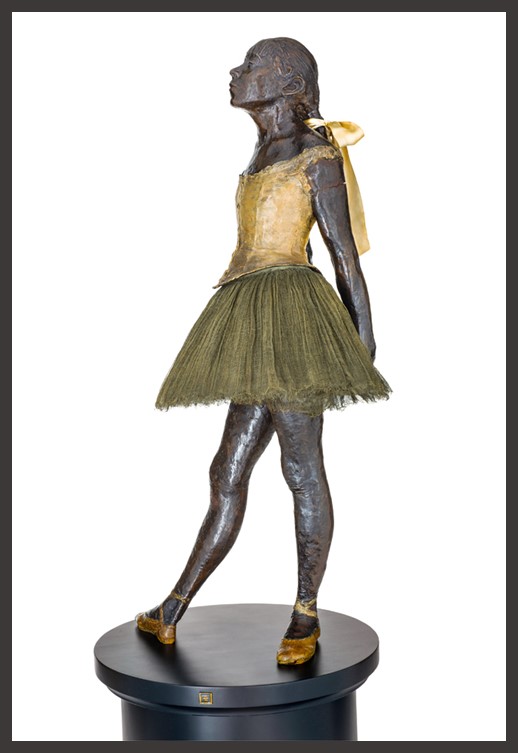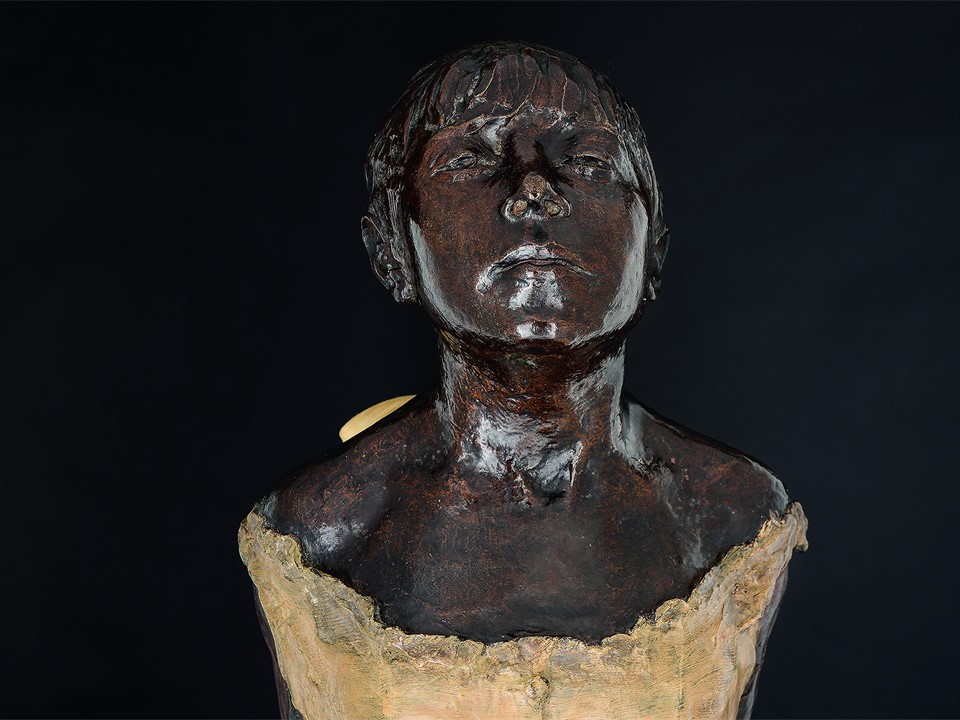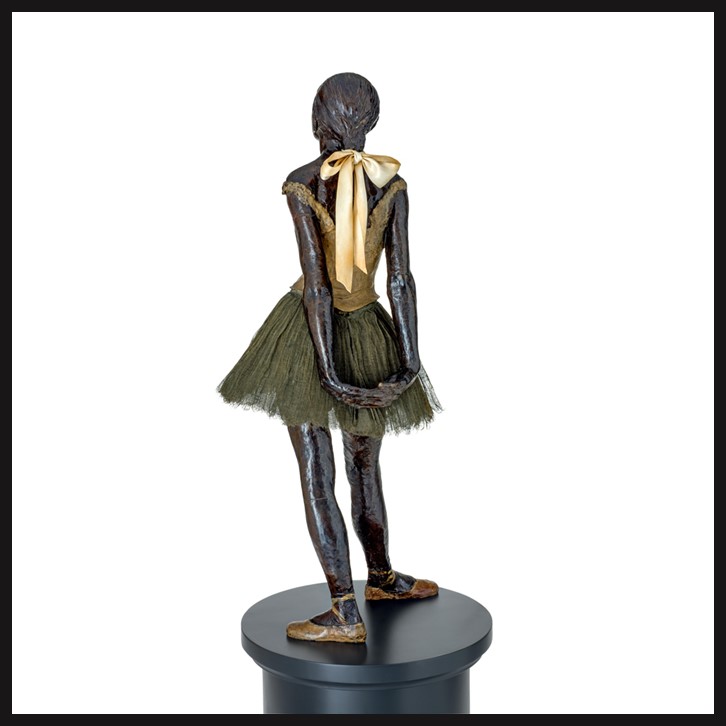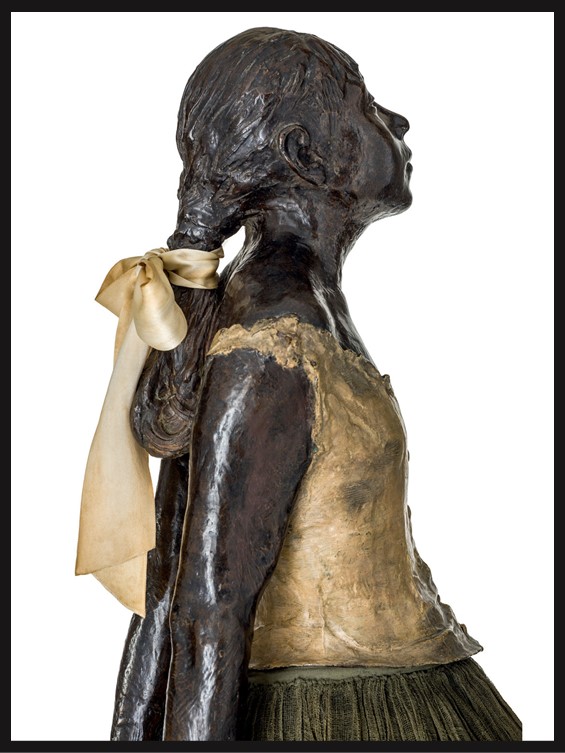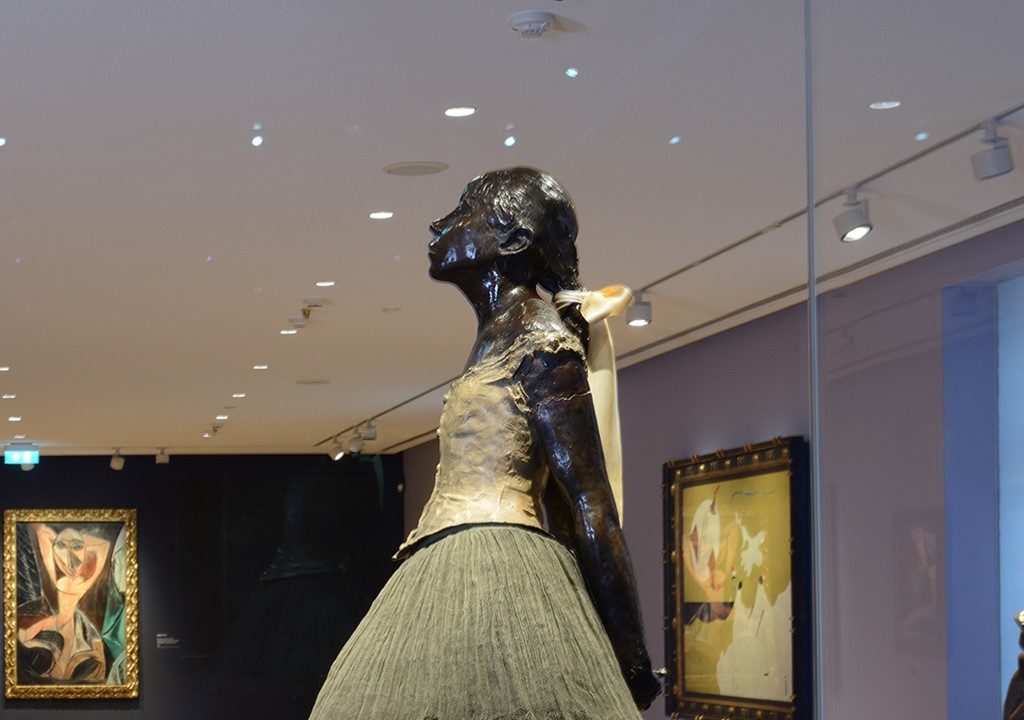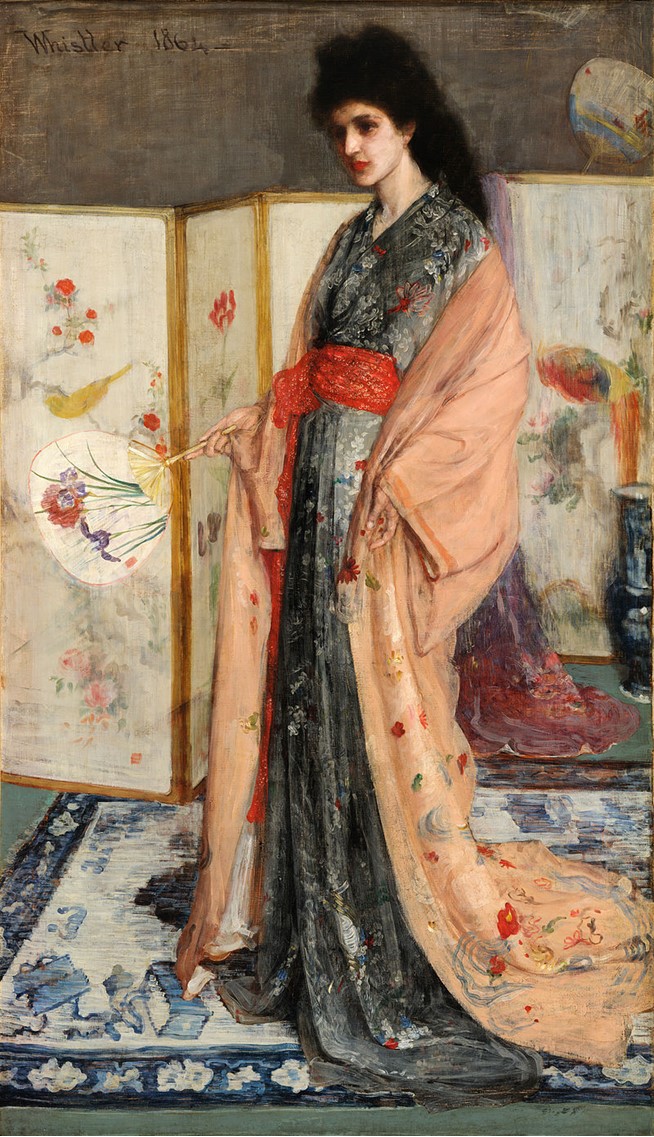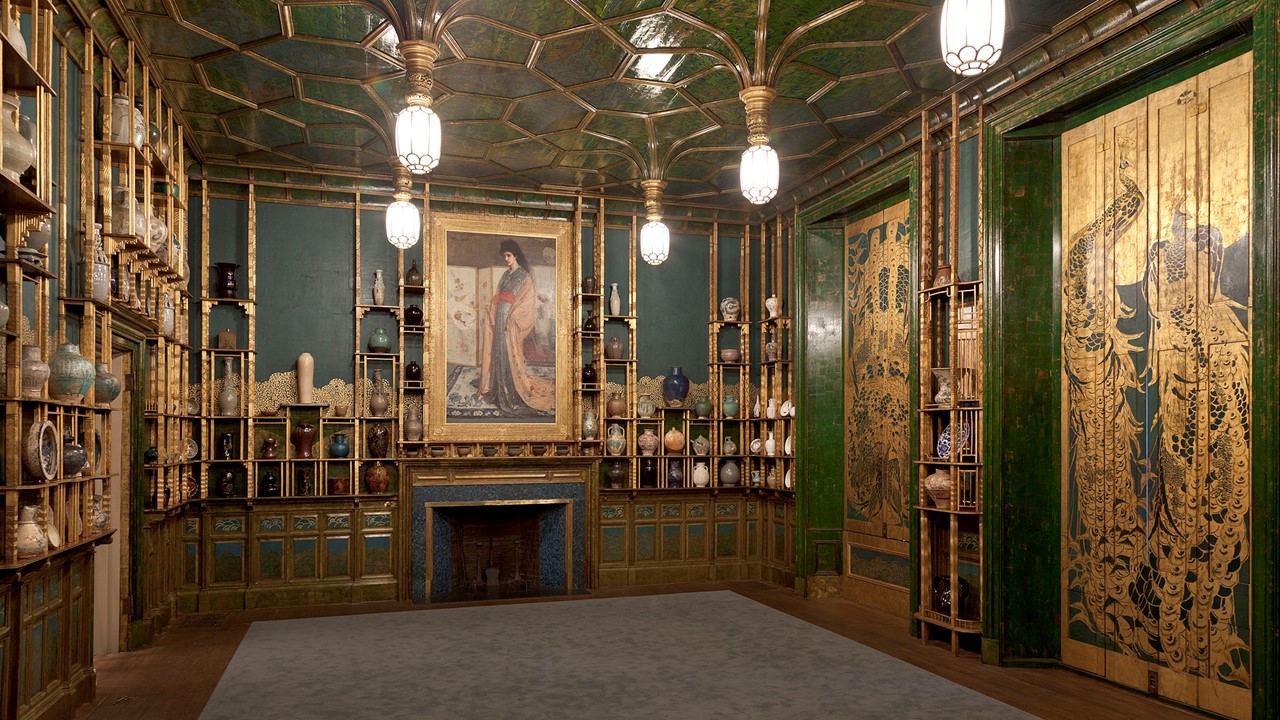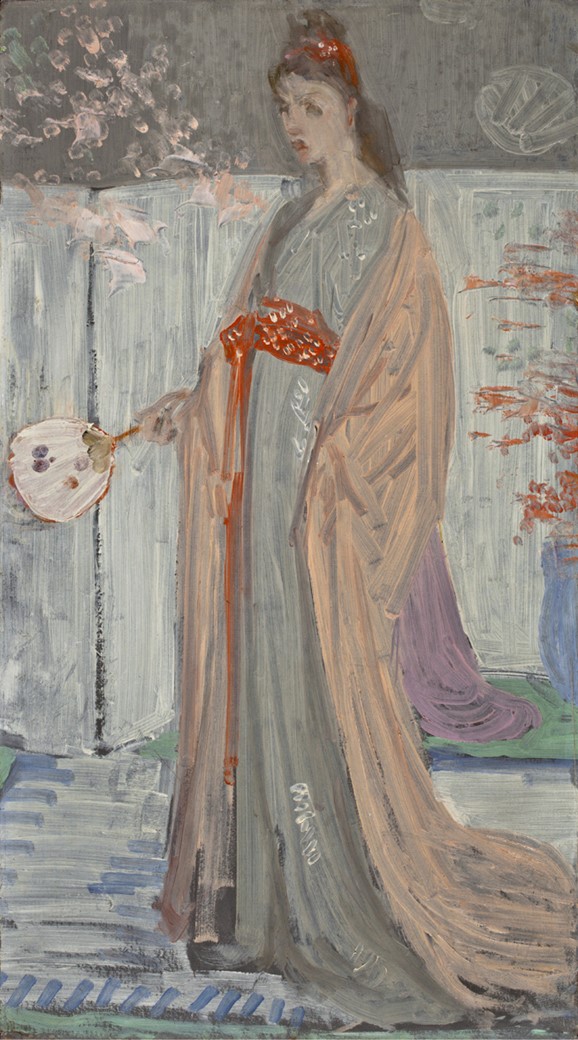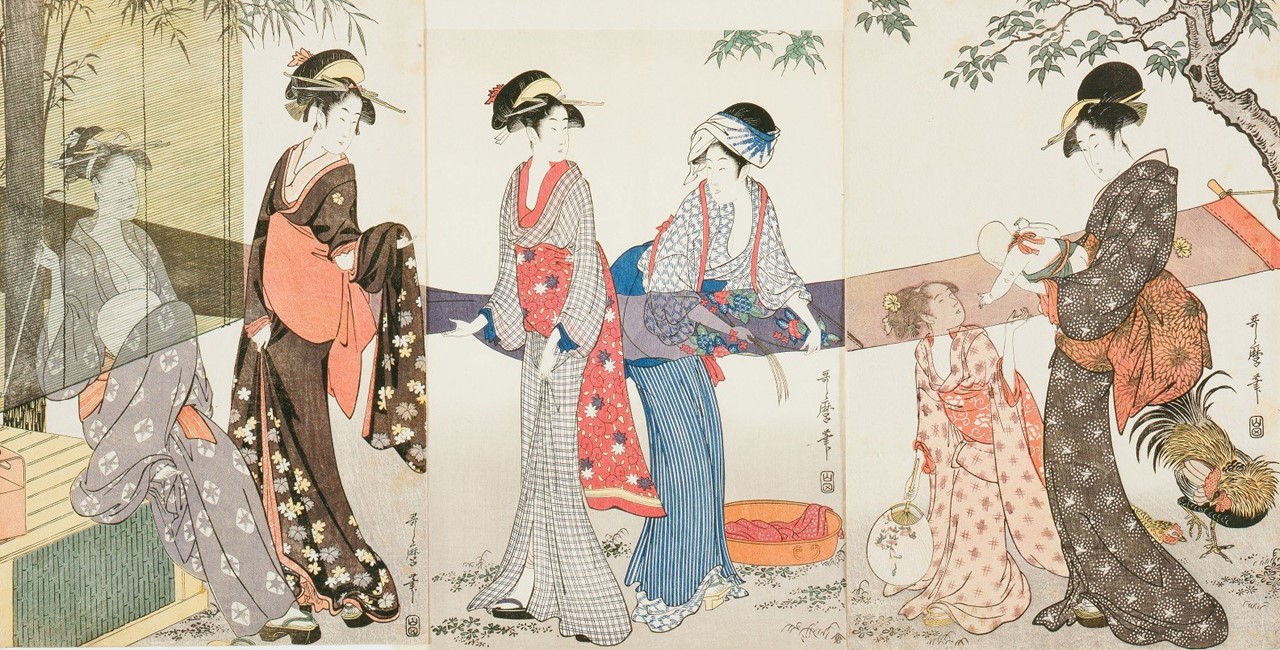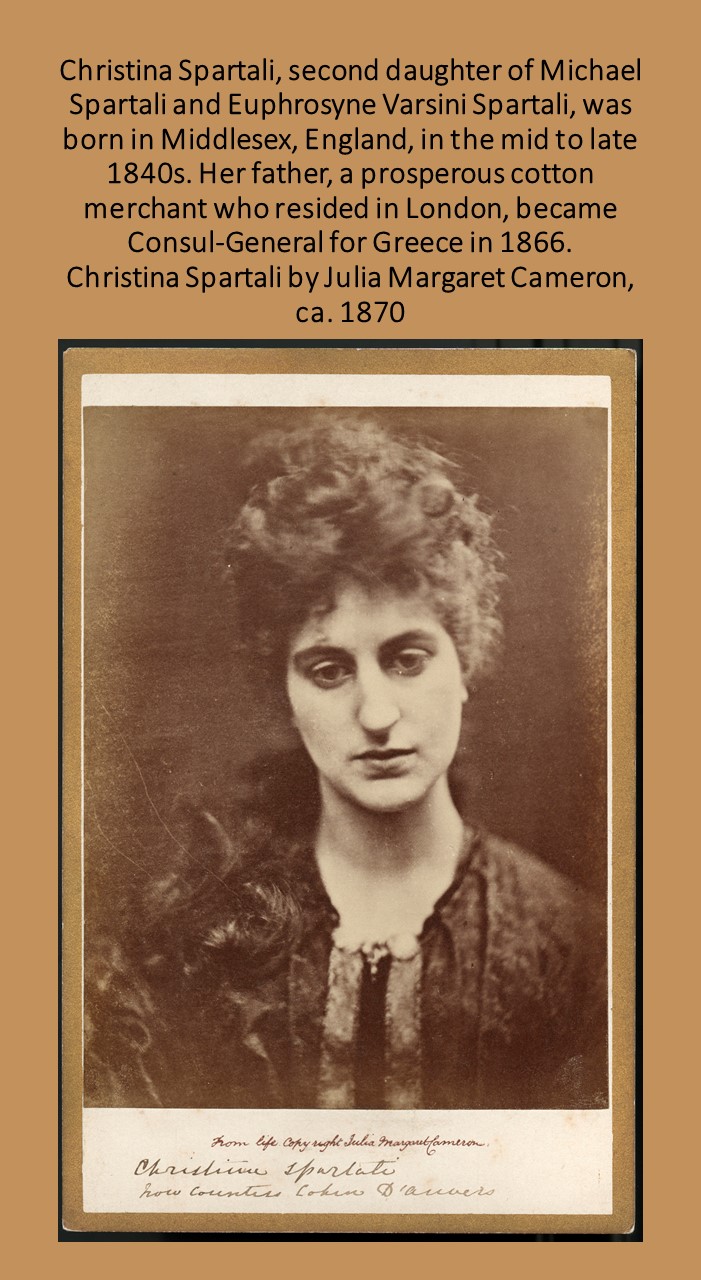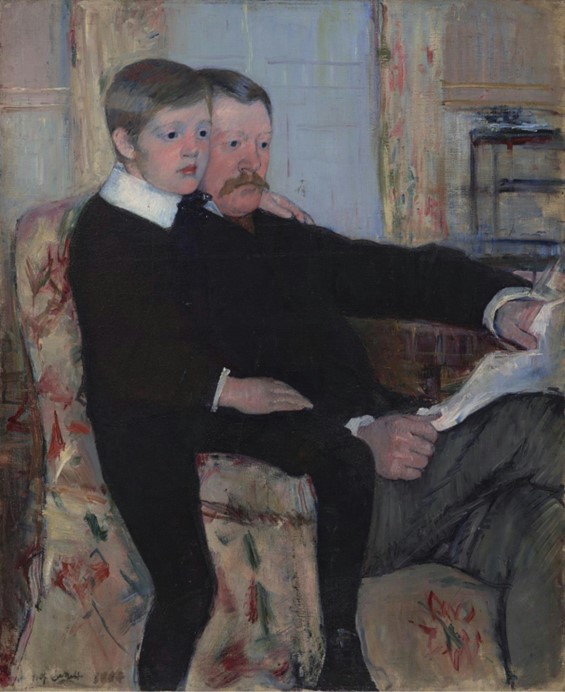
Portrait of Alexander J. Cassatt and His Son, Robert Kelso Cassatt, 1884, Oil on Canvas, 100.3 × 81.3 cm, Philadelphia Museum of Art, USA https://philamuseum.org/collection/object/104479
The Portrait of Alexander Cassatt and Robert Cassatt by Alexander’s sister Mary Stevenson Cassatt is a perfect example of what an American artist could achieve in Paris… the Mecca of Modern Art, and Old World charm. Starting in 1865, at the end of the Civil War, traveling to Europe became an American institution! Americans were attracted by French culture and bohemian life. They attended social events, art exhibitions, and archaeological monuments. They studied art or collected antiquities, artworks of the Old Masters, or paintings by contemporary artists. This phenomenon is best described by Henry James who wrote…It sounds like a paradox, but it is the simple truth that when, today, we look for American art, we find it mainly in Paris. When we find it out of Paris, we at least find a great deal of Paris in it. https://www.studiointernational.com/index.php/americans-in-paris–1860-1900
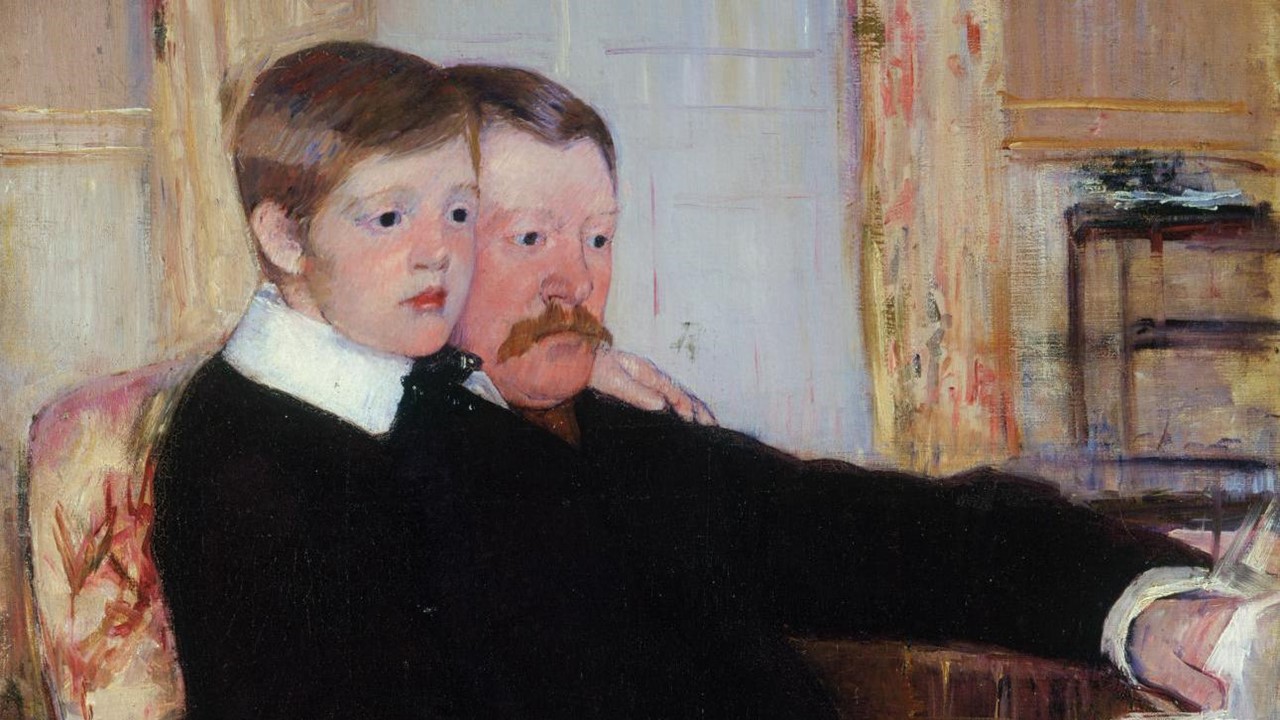
Portrait of Alexander J. Cassatt and His Son, Robert Kelso Cassatt (Detail), 1884, Oil on
Canvas, 100.3 × 81.3 cm, Philadelphia Museum of Art, USA
https://www.gazette-drouot.com/en/article/mary-cassatt-the-franco-american/4732
How more affectionate can a father/son moment be! The great Alexander J. Cassatt is depicted sitting comfortably on a plush armchair reading his paper while his son Robert sits on the chair’s arm embracing him. Both portraits share similar characteristics… focused gazes, flushed cheeks, and black clothing. Mary Cassatt achieved to depict an intimate moment, the special bond between father and son, and the natural physical resemblance between them. Clad in black Alexander and Robert stand out, further emphasizing their tender rapport… Mary Cassatt’s famous double Portrait of Alexander Cassatt and Robert Cassatt was painted in December of 1884, during a surprise visit to Paris by her relatives. https://philamuseum.org/collection/object/104479
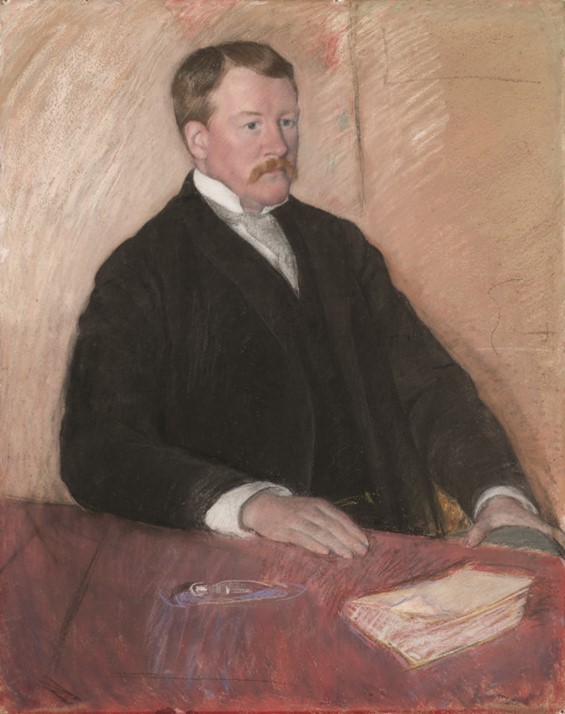
Portrait of Alexander J. Cassatt, 1880, Oil on Canvas, Pastel, 92.3×72 cm, Seattle Art Museum, USA https://commons.wikimedia.org/wiki/File:Mary_Cassatt_-_Portrait_of_Alexander_J._Cassatt_-_Seattle_Art_Museum.jpg
Alexander J. Cassatt was the first vice president of the Pennsylvania Railroad and one of the most powerful businessmen in the United States. He was also Cassatt’s beloved older brother, whom she painted on several occasions. Every time she did so, he is depicted casually posing in his sister’s house, a dear relative rather than a famous public persona, absorbed in his thoughts, revealing both the kindness and formality that were attributed to him. In a letter home to the United States, Alexander’s wife wrote: “Mary has painted a very good portrait of Aleck for which he has been posing every morning for two hours for two weeks.” http://art.seattleartmuseum.org/objects/10259/portrait-of-alexander-j-cassatt;jsessionid=14B64D561385E3770309506FB79F6022
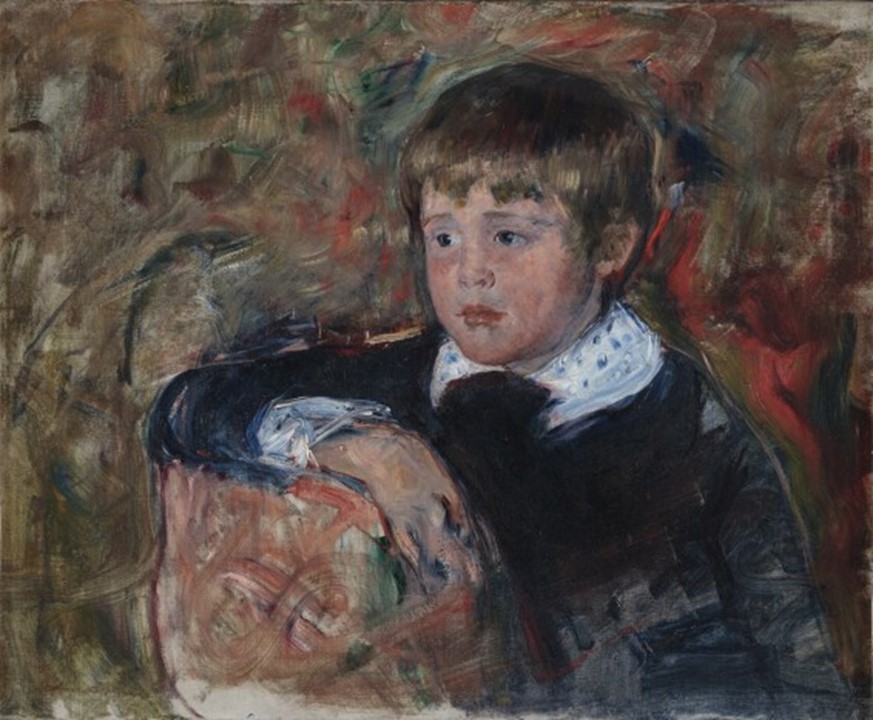
Portrait of Master Robert Kelso Cassatt, c. 1882, Oil on Canvas, 50x61cm, Private Collection https://www.sothebys.com/en/auctions/ecatalogue/2017/american-art-n09689/lot.45.html
Images of Mary Cassatt’s friends and family constitute a pivotal, according to the Sotheby’s experts, a component of the artist’s prolific body of work. Robert Kelso Cassatt was Mary’s favourite nephew and one of her favorite models. Robert first bonded with his expatriate aunt during the summer of 1880, when he visited the artist and his grandparents at their rented villa in Marly, in the countryside outside of Paris. Robert was not the easiest of Mary’s models… he wouldn’t sit still… but Cassatt grew fond of him, hoping for a time that he would become an artist himself… https://www.sothebys.com/en/auctions/ecatalogue/2017/american-art-n09689/lot.45.html
Happy Father’s Day
For a Student Activity on the Portrait of Alexander Cassatt and Robert Cassatt, please… Check HERE!
